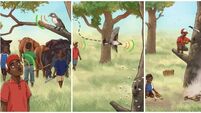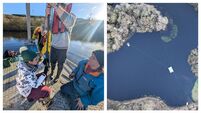Drowning nations: Kiribati and the South Pacific’s fight for survival
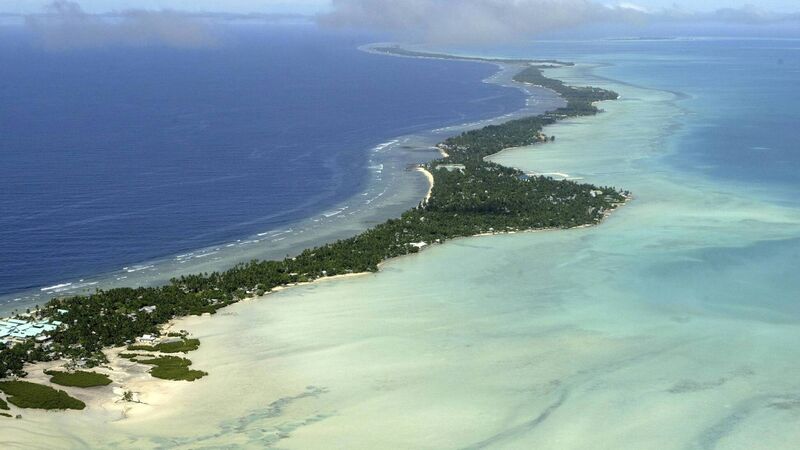
Tarawa atoll, Kiribati. Fearing that climate change could wipe out their entire Pacific archipelago, the leaders of Kiribati opted for an unusual backup plan: moving the populace to Fiji. They bought nearly 6,000 acres on Fiji's main island, Viti Levu. Picture: AP Photo/Richard Vogel, File
When the tide comes in on Tarawa, the capital of Kiribati, it often spills straight into people’s homes. Saltwater seeps into wells, flooding gardens where staple crops like taro once thrived. Families wake to waves crashing closer and closer to their homes, while cemeteries crumble into the ocean. For Kiribati, a small island nation scattered across the central Pacific, climate change is not tomorrow’s problem, it’s todays.
Kiribati, home to around 120,000 people, is one of the lowest-lying countries in the world. Its atolls rise barely two metres above sea level. That fragile geography leaves it acutely vulnerable to the impacts of climate change. Sea levels in the Pacific are rising faster than the global average, with satellite records showing an increase of around 3.4 millimetres per year since the early 1990s. That may sound small, but over a human lifetime it adds up to entire islands lost.
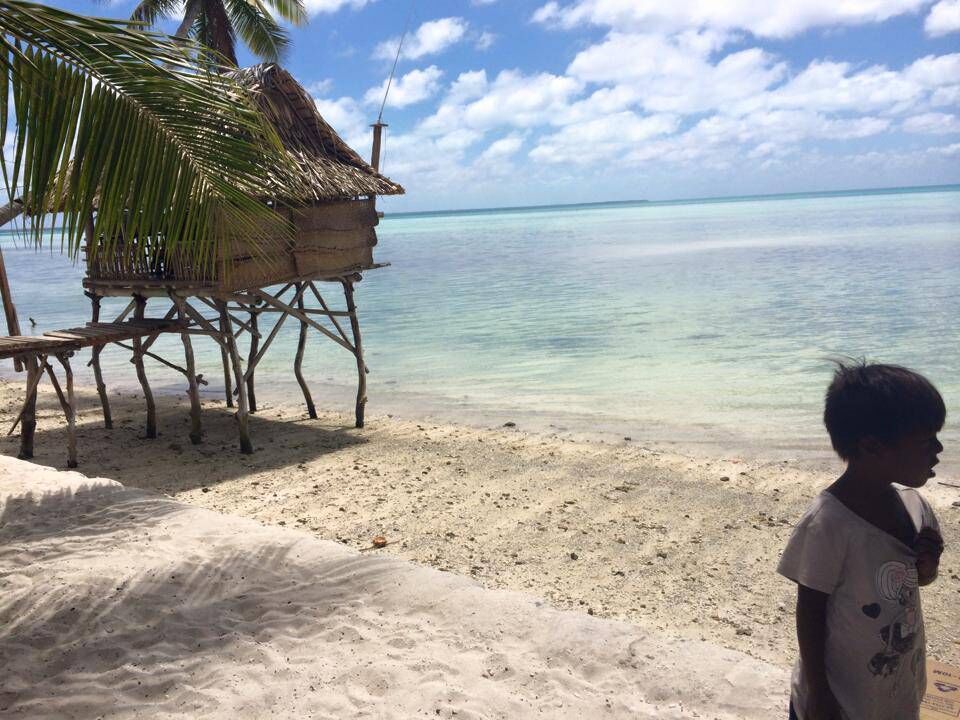
And Kiribati is not alone. From Tuvalu to the Marshall Islands, from Fiji to Vanuatu, the story is the same: storms intensify, saltwater invades low-lying farmland, and homes are abandoned to the waves. For many South Pacific nations, the prospect of becoming uninhabitable within a generation is no longer alarmist rhetoric. It is the trajectory of the science.
The injustice could not be starker. The entire Pacific island region accounts for just 0.03% of global greenhouse gas emissions. Kiribati’s per capita emissions are a fraction of Ireland’s. Yet these communities are on the frontline of a crisis they did not cause.
Ireland, by contrast, is among the highest emitters in Europe on a per capita basis. According to the Environmental Protection Agency, even if all current policies are fully implemented, Ireland is only projected to cut emissions by 23% by 2030, less than half the legally binding target of 51%.

The link between statistics and a flooded home in Tarawa may feel distant, but they are bound together by physics. Every tonne of carbon we emit contributes to the warming oceans that are drowning Kiribati atolls.
South Pacific nations are not passive victims. Communities have been building seawalls, planting mangroves to stabilise coastlines, and trialling salt-tolerant crops. In Kiribati, rainwater harvesting systems have been introduced to counter the salinisation of groundwater. But these measures are only stopgaps. When your highest point is barely above the tide line, there is only so much you can adapt to.
That is why Kiribati’s government has pursued the extraordinary strategy of ‘migration with dignity'. In 2014, it purchased 20 square kilometres of land in Fiji as a potential site for food production and, if necessary, future relocation. As former President Anote Tong put it: “We want to be able to migrate as a people, not as refugees, not as displaced persons, but as people who are able to contribute.”
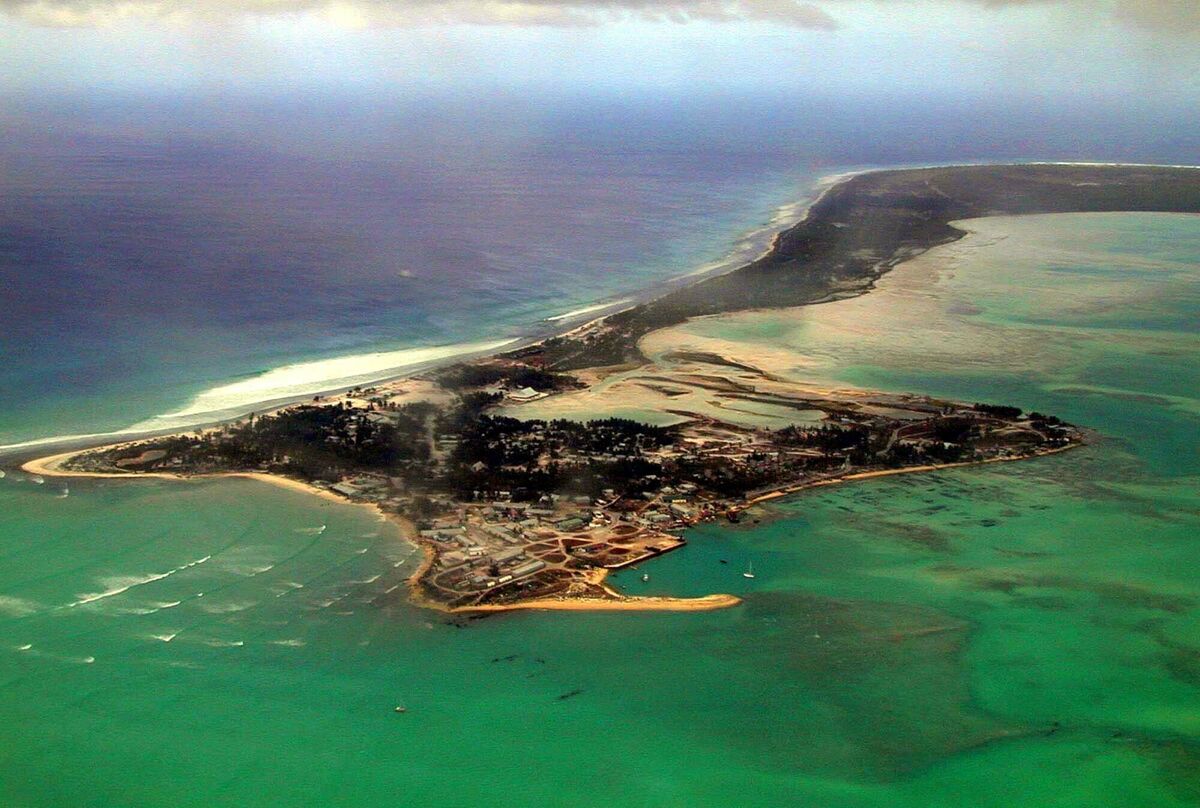
It is a dignified vision, but also a devastating indictment of global inaction. A sovereign state preparing for its own erasure from the map.
The human cost of this crisis is measured not only in land lost but in identity. For the I-Kiribati people, culture, language, and tradition are inseparable from their islands. If the land disappears, what happens to a nation?
International law has no framework for the extinction of a state by climate change.
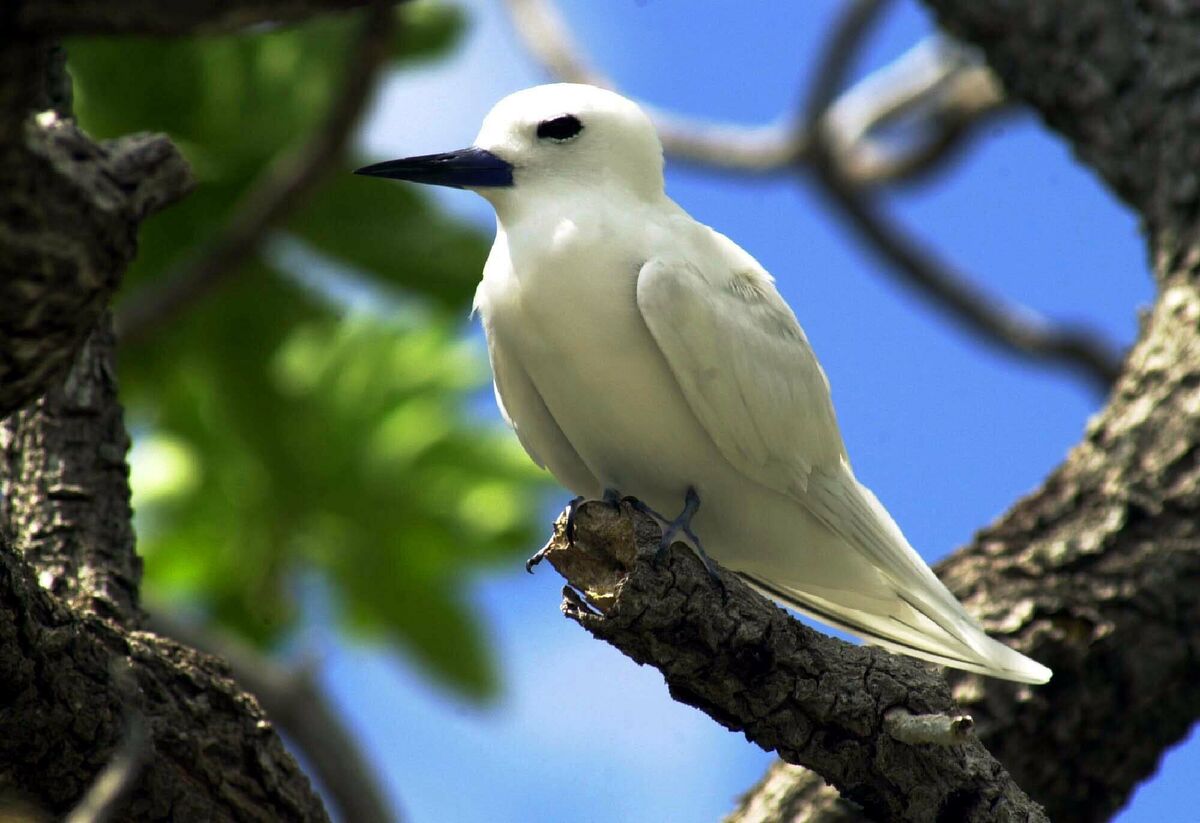
Would Kiribati’s exclusive economic zone, a vast maritime territory rich in tuna fisheries, still exist if its islands are underwater? Who decides?
These questions cut to the heart of what climate change means, not just shifting weather patterns, but the dismantling of political, cultural, and legal systems. For Pacific islanders, the rising sea is not only erasing coastlines, but also futures.
For Ireland, the plight of Kiribati and its neighbours is a moral test. We are a nation that prides itself on solidarity and justice, but solidarity means little without action. At COP28, countries finally agreed to establish a loss and damage fund to compensate vulnerable nations for irreversible climate harms.
Ireland has pledged support, but financial aid is meaningless if emissions at home continue on their current trajectory.
If we fail to meet our own 2030 climate targets, if we continue to expand high-emission sectors, then our solidarity with Kiribati is nothing more than rhetoric. Every delayed decision in Dublin, every postponed policy on transport, every row over methane cuts, translates into sea-level rise in Tarawa.
It would be a mistake to view Kiribati as a faraway tragedy. Yes, Ireland is not about to sink beneath the sea. But we are already seeing our own coastlines buckle under pressure, storms battering Lahinch, floods swamping Midleton, erosion threatening homes in Wexford...
The difference is that we have resources, technology, and the ability to protect our coastal zones or retreat inland. Kiribati does not.
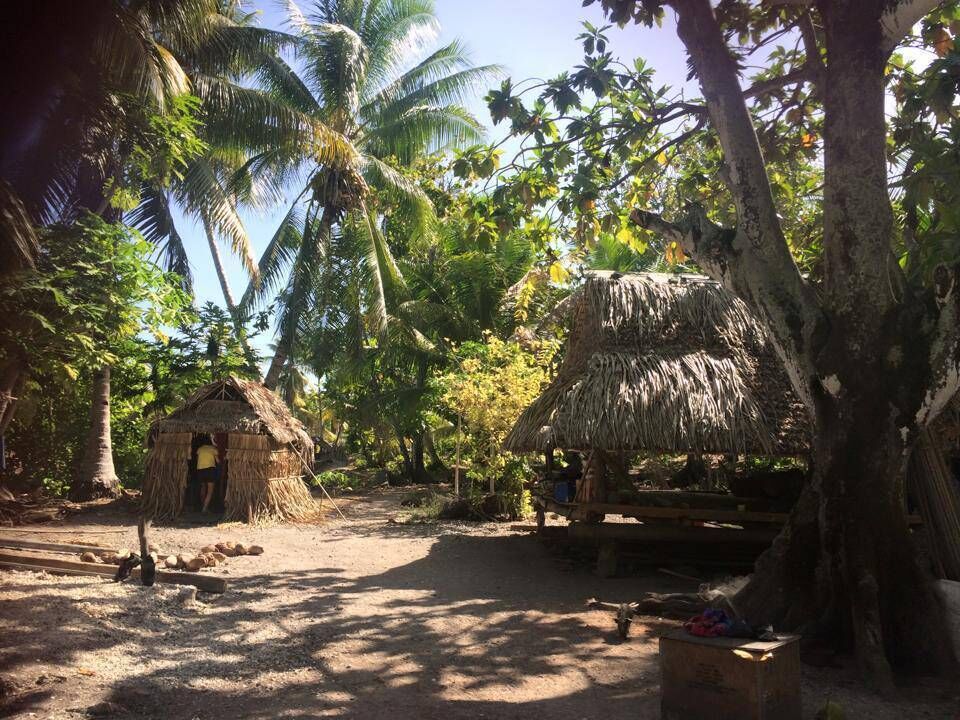
In the abstract, sea-level rise is measured in millimetres. In Kiribati, it is measured in ruined crops, in poisoned wells, in graves lost to the ocean. It is measured in families asking whether their children will inherit a homeland or a memory.
The people of Kiribati have been asking the world a simple question, if an entire nation can be allowed to disappear beneath the waves, what does that say about the value of human life?
For Ireland, the answer lies not in words but in deeds. Will we continue to emit among the highest levels of carbon in Europe, while Pacific nations drown? Or will we act decisively, cutting emissions at home and standing firmly beside those who have contributed least but suffer most?
Kiribati is not just a victim of climate change. It is a warning. And if the world, Ireland included, fails to heed it, the tide that washes over Tarawa today will eventually reach our own shores.
CLIMATE & SUSTAINABILITY HUB




